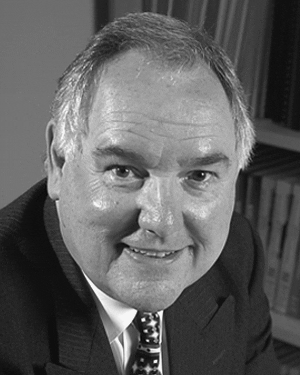Please try these at home

Parts for the motor:
- one AA battery,
- one small steel wood screw,
- a short length of copper wire, and
- one small circular metal-coated magnet (available online).
Step 1:

Assembly of the motor is shown in the Figure 1. The battery and the top end of the wire are held in one hand; the bottom end of the wire is held in the other hand.
Step 2:
The steel screw will stick to the circular magnet. Try to ensure it is located centrally. The pointed end of the screw will stick to the end of the AA battery by magnetic attraction. Hold one end of the wire in contact with the top of the battery with your finger and touch the other end of the wire gently on the side of the metallised magnet. The screw and the magnet will then rotate rapidly. Try to hold the battery steady and vertical to ensure the point of the screw does not wander off to one side. The forces generated by this motor are small, but the friction at the point of the screw is so small that rotation is easily achieved.
Lesson of the Day
This simple arrangement demonstrates the principle of the electric motor and is based on the first motor invented by Michael Faraday in 1821. The cause of the rotation is that the electrical current flows radially outwards on the surface of the magnet, and the magnetic field (H) is perpendicular to the current. Therefore a force is produced perpendicular to both the current and the magnetic field, i.e. circumferentially, and this causes the magnet and screw to rotate. If you turn the magnet upside down (or the battery), the screw will rotate in the opposite direction. If you reverse both the magnet and the battery, it will turn in the same direction.
This DIY Guide is prepared by Professor Davis

Professor Lionel E. Davis wrote simple experiments (like this one) for his children and grandchildren. He used to be a communications engineer and educator. He aspires for all children to learn meaningfully at home. Prof. Davis is also one of the big motivators behind our work at Chumbaka and DreamCatcher. He has always inspired us to be more involved in Engineering & Radio Frequency. He is a Fellow at the Institute of Electrical and Electronics Engineers (IEEE) and the Institute of Physics (IOP).
